When a basement sump pump or an HVAC condensate pan suddenly stops draining, the question many homeowners ask is whether they can swap the float switch themselves or must call in a licensed technician. The answer depends on three factors: the type of switch, your local electrical code, and the cost of getting it wrong.
Understand the Switch You Are Replacing
Modern float switches fall into two broad families: tethered mechanical floats and solid-state electronic sensors. A tethered unit hangs from a flexible cord and simply closes a dry-contact micro-switch when the water level rises. These devices are usually 120 V, carry only the pump-motor current, and are pre-wired with a three-prong plug that inserts into the pump’s piggy-back receptacle. Swapping one is as easy as unplugging the old cord and clipping the new cord’s mounting bracket to the discharge pipe—no wire nuts required.
Electronic sensors, by contrast, use low-voltage probes or ultrasonic eyes that feed a control board. The board, in turn, energizes a relay or contactor that can switch 240 V to a submersible sewage pump. If the sensor cable runs through conduit and ties into a dedicated GFCI breaker, the complexity rises sharply, and many jurisdictions require a permit.
Code and Safety Considerations
In the United States, the National Electrical Code (NEC) treats a cord-and-plug float switch as an “attachment plug and receptacle,” meaning a homeowner can legally replace it without pulling a permit. However, as soon as you open the junction box on the pump housing or extend new cable through metal conduit, the work becomes “new installation” and must comply with NEC 110.3(B) and local amendments. Canada follows a similar rule under CSA C22.1, while the UK refers to BS 7671.

If your panel lacks a GFCI breaker on the pump circuit, adding one while you are in the switch box is strongly recommended. A single-leakage event that electrocutes a service technician can result in a denied homeowner’s insurance claim if the work was un-permitted.
Tools and Hidden Costs of DIY
For a mechanical plug-in switch you need only a screwdriver, a zip-tie, and five minutes. For hard-wired models the list grows: torque screwdriver, crimp tool, fish tape, and possibly a multimeter to verify that the switch opens at the correct angle. Factor in another $40–$60 for incidentals such as liquid-tight fittings and anti-oxidant paste.
The larger hidden cost is downtime. A mis-wired switch can leave the pump locked on and burn out the motor within hours, turning a $20 part into a $300 pump replacement. Conversely, a switch that never closes allows a basement flood that costs thousands in flooring and drywall repairs.
When to Call a Professional
Hire a pro if any of the following apply:
The switch is integrated into a control panel with variable-speed drives.
The pump is rated above 1.5 HP or runs on 240 V.
Your locality requires an electrical permit for any pump circuit work.
You lack a GFCI breaker or the existing wiring is BX cable from the 1970s.
Expect to pay between $150 and $250 for a service call that includes diagnosis, parts, and labor. That fee is usually less than the insurance deductible on a single basement flood.
Bottom Line
If the float switch is a “plug-and-play” tethered model on a 120 V pump, DIY is safe, quick, and legal. For anything involving conduit, high horsepower, or electronic sensors, the modest cost of a licensed electrician buys compliance, warranty, and peace of mind.
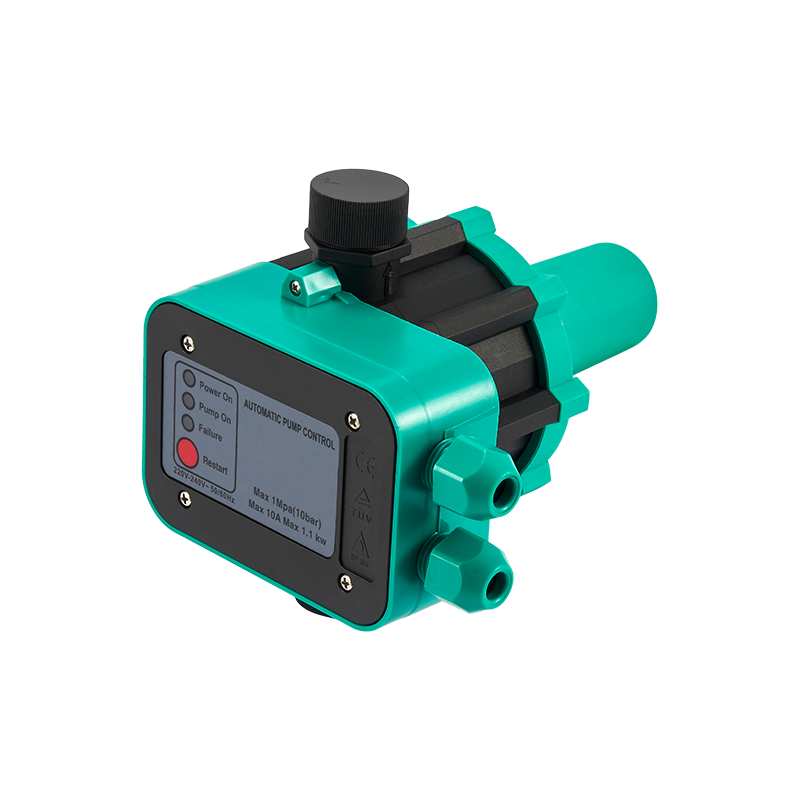
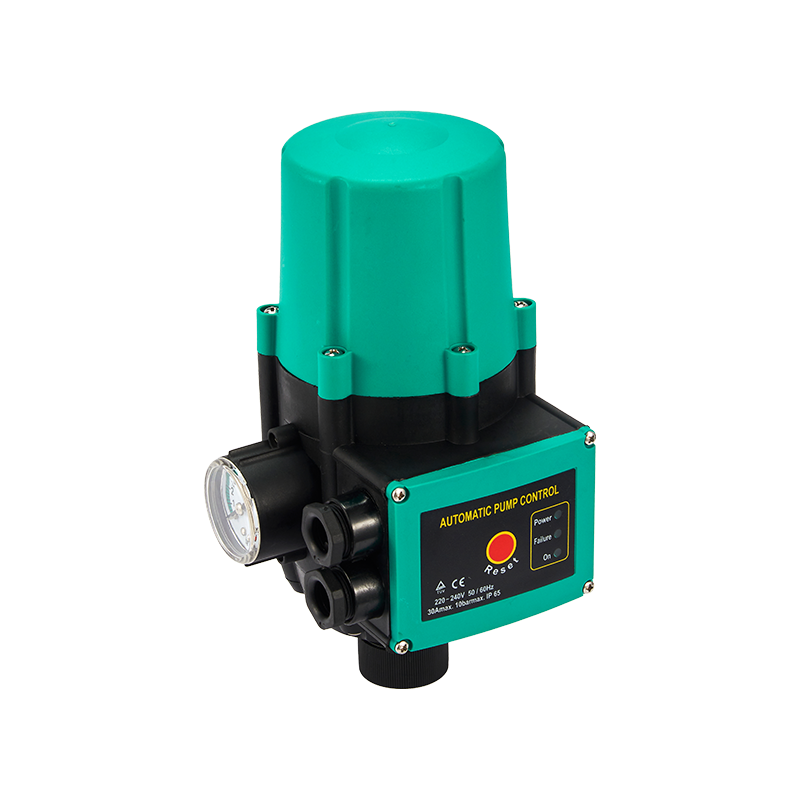
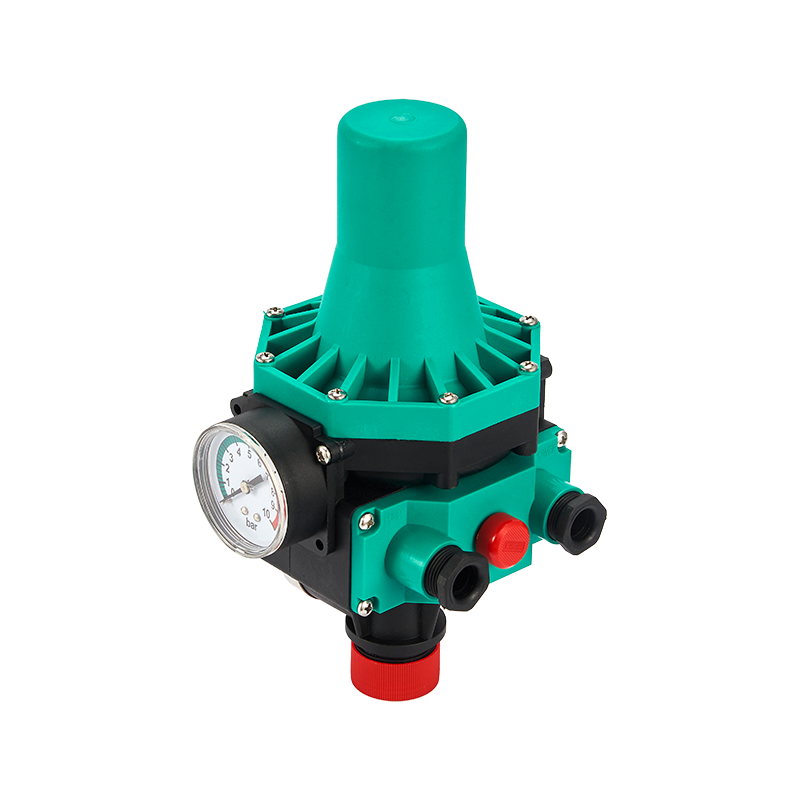
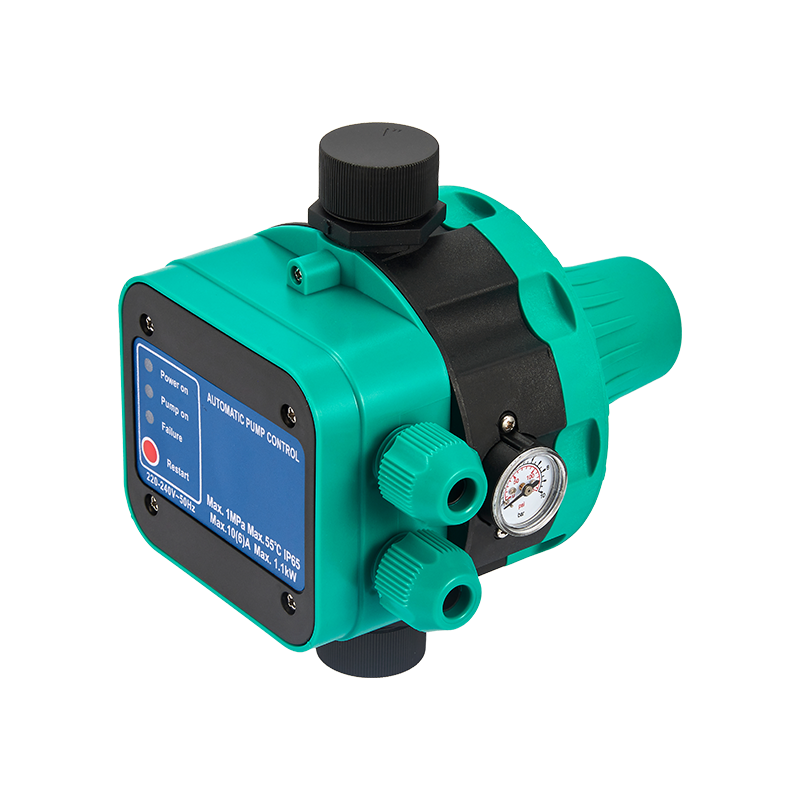
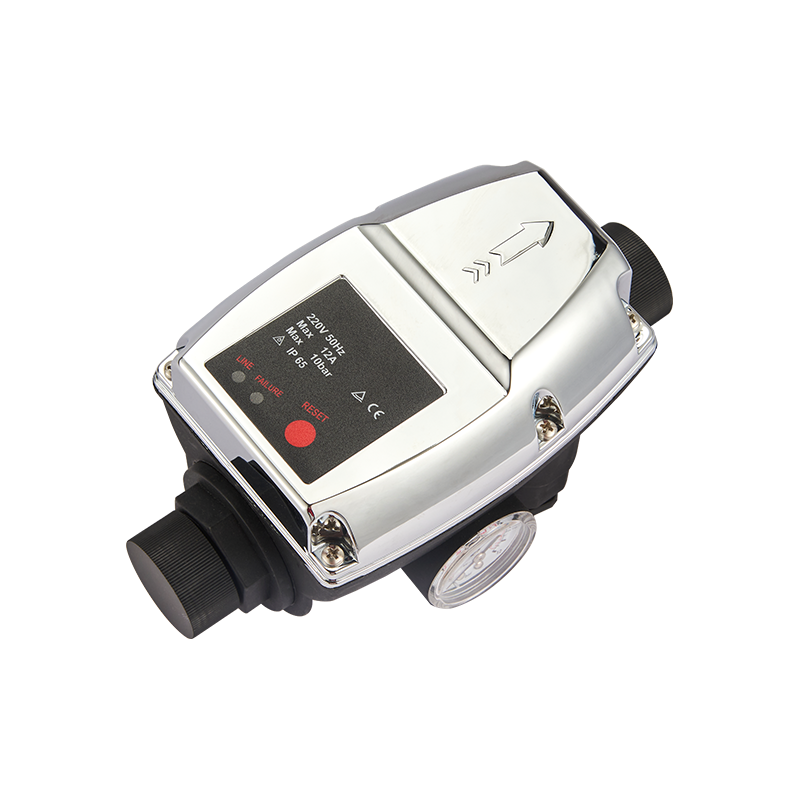
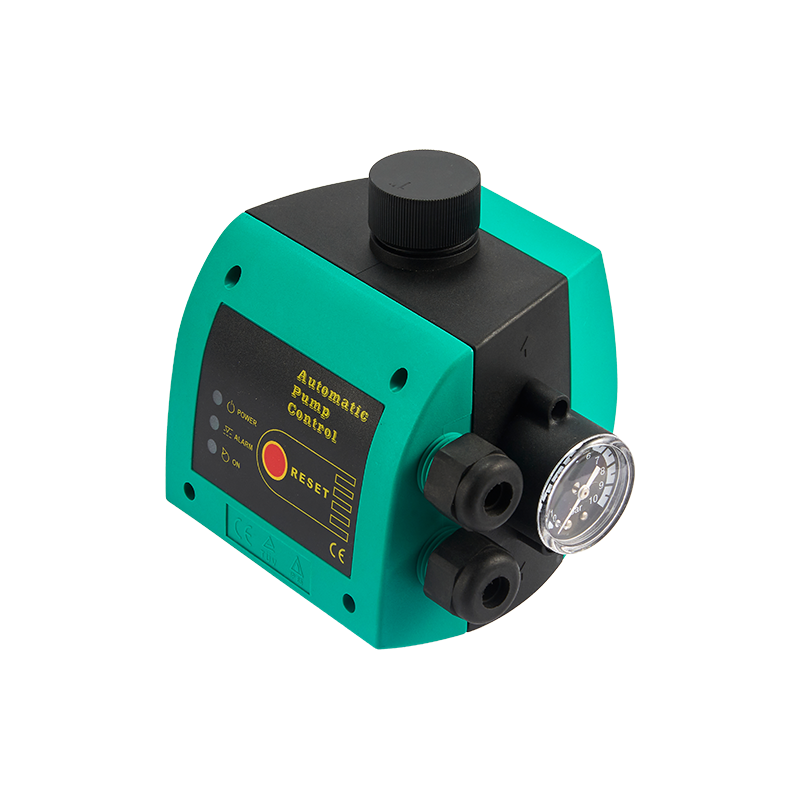
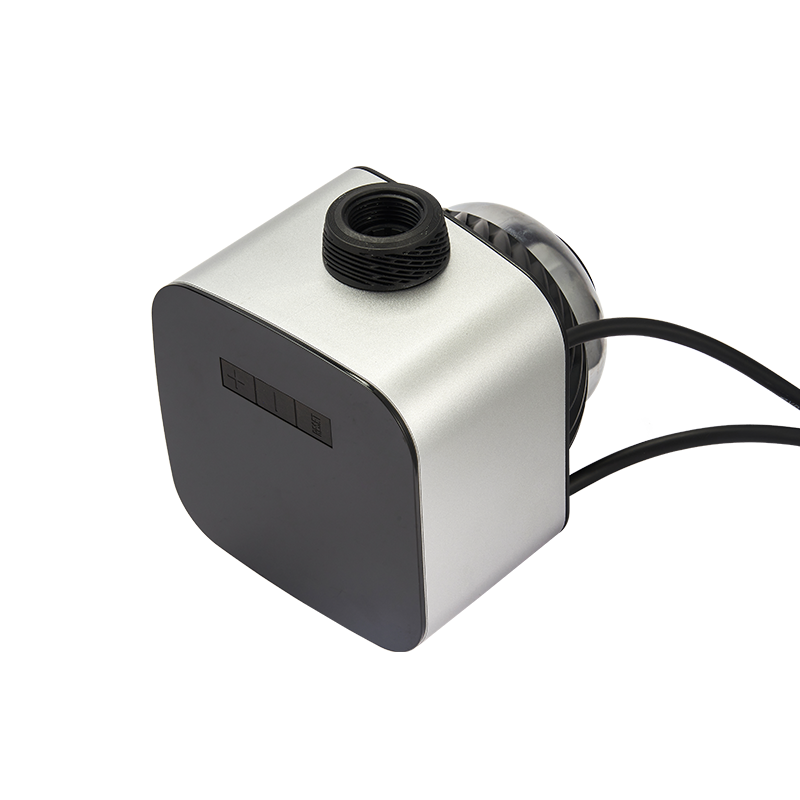

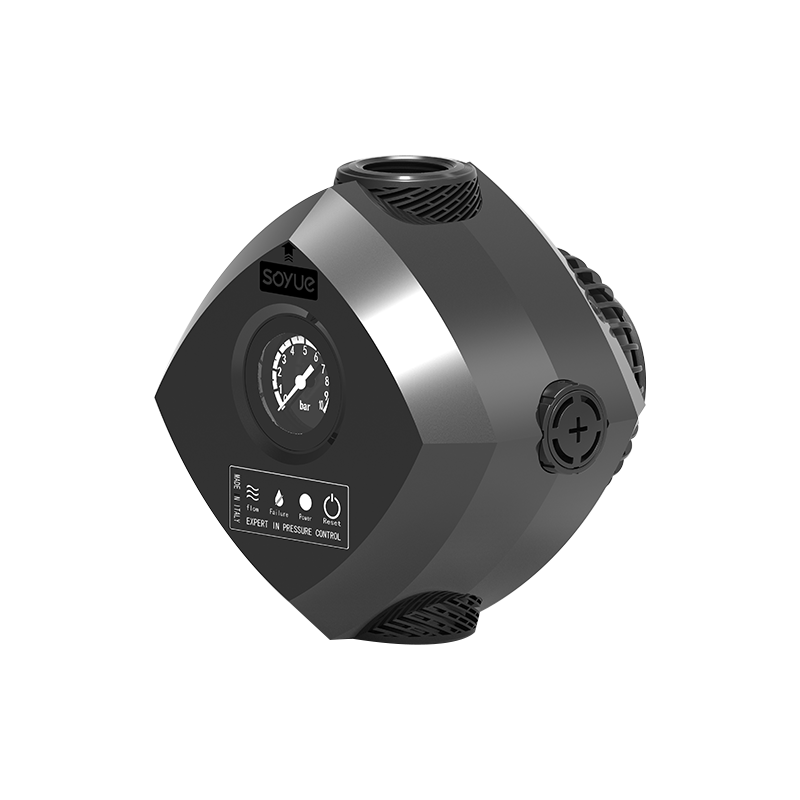
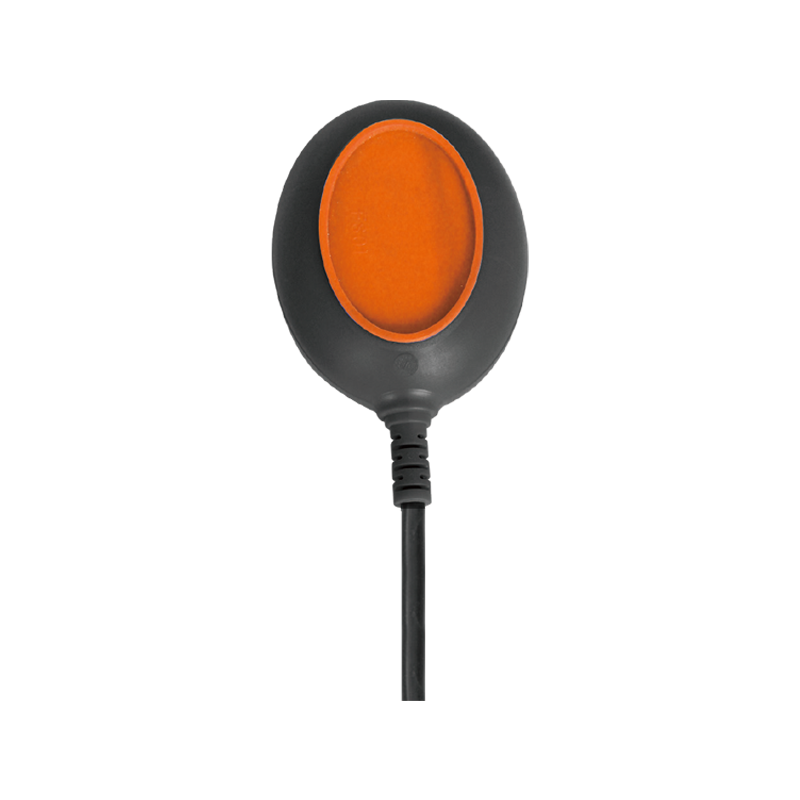
The global market for water management systems is experiencing a notable transformation, driven by significant advancements in water pump controller technology. These sophisticated devices are evolving from simple on/off switches to intelligent systems that optimize performance, enhance reliability,...
The industrial and municipal sectors are witnessing significant technological progress in the development and implementation of pump pressure controller systems. These sophisticated devices, designed to maintain and adjust fluid pressure within piping networks, are becoming increasingly vital for op...
The water systems industry continues to rely on the essential functionality of the water pump pressure control switch to maintain proper operational parameters. This component serves a vital role in residential, commercial, and industrial water systems by regulating pump operation based on pressure ...